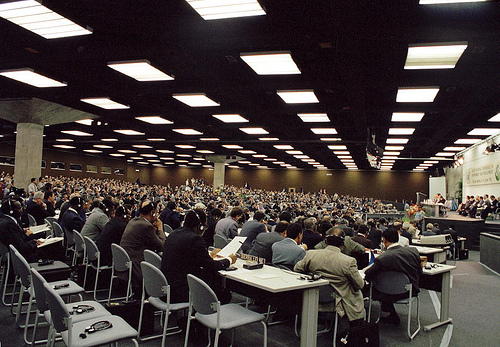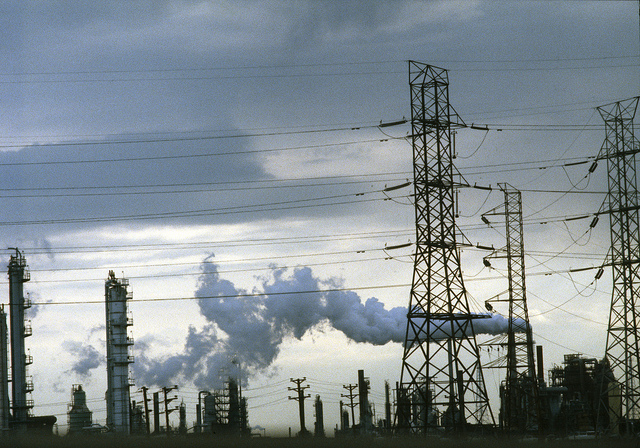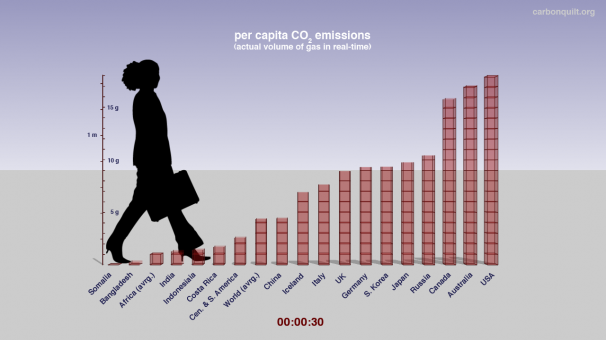While the Kyoto protocol is due to expire in January 2013, The Global Carbon Project said that the percentage of CO2 emissions in 2012 rose 2.6% hitting a new plateau compared to 2011.
A team research made by GCP and the University of East Anglia (UEA) shows that global carbon dioxide emissions are going to reach 36.6 billion tonnes this year; overall 58% above 1990 levels. Data published by Natural Climate Change suggest that if there will not be any mitigation in global carbon dioxide emissions – which are the main cause of climate change – global warming will not stay below 2C, an international target set in 2009.
Looking at Energy Information Administration data in 2010, it was clear how countries’ economic growth and carbon dioxide emissions coincided. In fact, studies showed that most annual CO2 emissions from energy consumption are from economically strong countries, with the United States, China and EU members top ranking. However, in August 2012 Energy Information Administration statistics showed how U.S carbon dioxide emissions turned out to be the lowest since 1992.
Carbon emissions
What are carbon emissions and what consequences do they have?
With the global population growing and the increasing need for energy, carbon levels are reaching new highs which has as an effect on the overall increase of planet temperature and consequently climate change.
Kyoto Protocol
In 1997 United Nations Framework Convention on Climate Change, the international environmental treaty on ” stabilisation of greehouse gas”, set a protocol which bound industrialized signatories to reduce their emissions of greenhouse gasses.
The protocol, officially adopted in December 1997 but enforced by February 2005, has been signed and ratified as of December 2011 by 191 states; excluding the U.S, Afganistan, Andorra, South Sudan and Canada. The main target of the protocol is to stabilize greenhouse gas concentrations in the atmosphere, sustaining a level that would not become risky for the global climate system.
 Last month at a UN conference in Doha, many low-lying nations called for emission cuts by industrialized countries over the next five years, arguing that even a 2C rise will seriously endanger their future.
Last month at a UN conference in Doha, many low-lying nations called for emission cuts by industrialized countries over the next five years, arguing that even a 2C rise will seriously endanger their future.
The protocol is the only international climate regulation so far, but despite its uptake it has provided few results, and in January 2013 it will officially expire, leaving the planet uncovered by law on CO2 levels and climate regulation.








